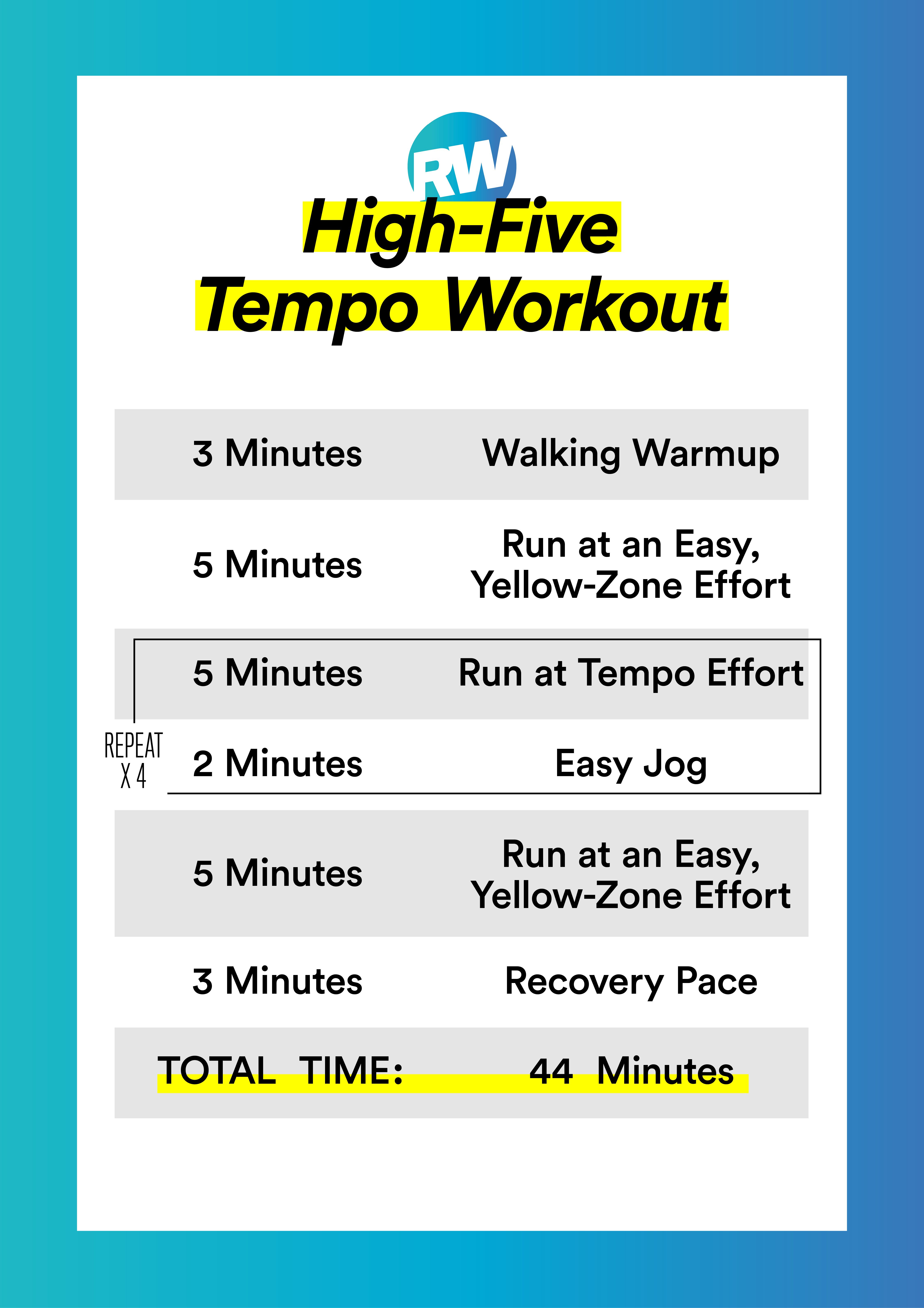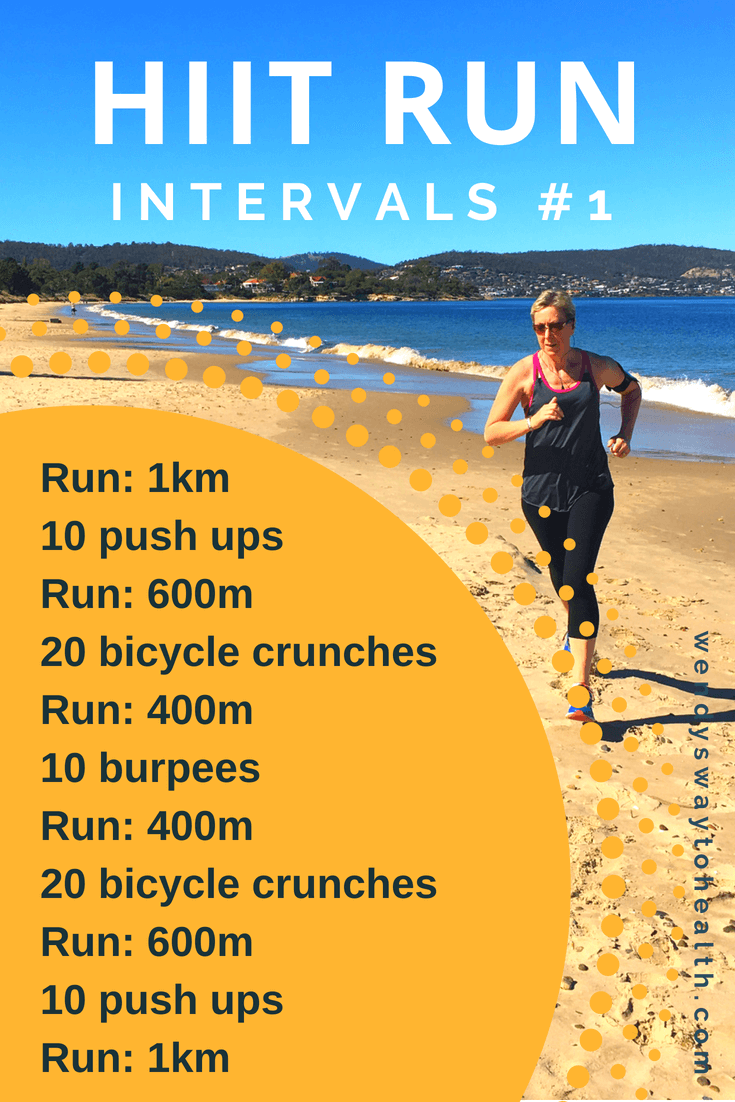Master Your Running Workout: Reliable Strategies for Success
Master Your Running Workout: Reliable Strategies for Success
Blog Article
Dealing With Usual Running Pains: Reasons, Solutions, and Avoidance
As joggers, we usually come across different pains that can prevent our efficiency and pleasure of this exercise. From the debilitating discomfort of shin splints to the unpleasant IT band syndrome, these typical operating discomforts can be discouraging and demotivating. Comprehending the causes behind these disorders is crucial in properly addressing them. By exploring the origin reasons for these running pains, we can uncover targeted remedies and safety nets to ensure a smoother and much more satisfying running experience (imp source).
Usual Running Pain: Shin Splints
Shin splints, a typical running discomfort, commonly result from overuse or improper footwear during physical task. The repetitive tension on the shinbone and the tissues attaching the muscle mass to the bone leads to swelling and pain.
To protect against shin splints, individuals need to slowly boost the strength of their exercises, use suitable shoes with proper arch assistance, and keep flexibility and strength in the muscle mass bordering the shin (running workout). Furthermore, integrating low-impact tasks like swimming or biking can aid maintain cardiovascular fitness while enabling the shins to heal.
Common Running Discomfort: IT Band Syndrome
Along with shin splints, an additional prevalent running pain that athletes typically run into is IT Band Disorder, a problem triggered by inflammation of the iliotibial band that runs along the external upper leg and knee. IT Band Disorder usually manifests as discomfort on the outside of the knee, particularly throughout activities like running or cycling. The iliotibial band is a thick band of fascia that links the hip to the shin, and when it ends up being inflamed or tight, it can rub versus the thigh bone, causing pain and discomfort.
Joggers experiencing IT Band Disorder may notice a painful or aching experience on the outer knee, which can worsen with ongoing activity. Elements such as overuse, muscle mass inequalities, improper running type, or poor warm-up can contribute to the development of this problem.
Common Running Pain: Plantar Fasciitis

Plantar Fasciitis can be credited to various aspects such as overtraining, inappropriate footwear, running on difficult surface areas, or having high arcs or level feet. To avoid and alleviate Plantar Fasciitis, joggers can incorporate stretching exercises for the calves and plantar fascia, wear helpful footwear, keep a healthy and balanced weight to decrease strain on the feet, and progressively increase running intensity to avoid abrupt stress and anxiety on the plantar fascia. If signs and symptoms persist, it is recommended to consult a healthcare expert for correct diagnosis and treatment options to resolve the condition properly.
Common Running Pain: Runner's Knee
After addressing the difficulties of Plantar Fasciitis, an additional widespread concern that runners typically encounter is Runner's Knee, a typical running pain that can prevent sports efficiency and create discomfort during exercise. Jogger's Knee, likewise known as patellofemoral discomfort disorder, shows up as pain around or behind the kneecap. This problem is often attributed to overuse, muscular tissue inequalities, inappropriate running techniques, or issues with the placement of the kneecap. Joggers experiencing this discomfort might feel a plain, hurting pain while running, going up or down staircases, or after prolonged durations of resting. To protect against Jogger's Knee, it is essential to integrate correct workout and cool-down routines, keep strong and well balanced leg muscles, put on ideal shoes, and gradually raise running intensity. If symptoms persist, over here consulting from a healthcare professional or a sports medication specialist is suggested to detect the underlying reason and establish a customized treatment strategy to ease the discomfort and protect against additional problems.
Usual Running Discomfort: Achilles Tendonitis
Generally affecting joggers, Achilles Tendonitis is an uncomfortable problem that impacts the Achilles ligament, creating pain and potential constraints in physical activity. The Achilles ligament is a thick band of tissue that links the calf muscle mass to the heel bone, important for activities like running, leaping, and strolling - this is where I read it. Achilles Tendonitis usually establishes because of overuse, inappropriate shoes, inadequate extending, or unexpected increases in physical activity
Signs And Symptoms of Achilles Tendonitis consist of pain and stiffness along the ligament, particularly in the early morning or after periods of inactivity, swelling that intensifies with task, and perhaps bone stimulates in persistent situations. To prevent Achilles Tendonitis, it is crucial to extend effectively before and after running, wear proper shoes with appropriate support, slowly enhance the strength of exercise, and cross-train to decrease repeated stress on the ligament.
Conclusion

Report this page